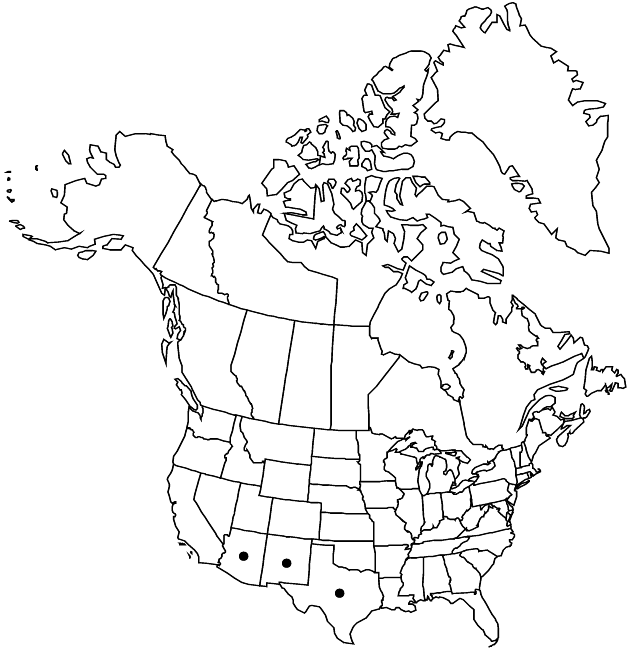Packera hartiana
Phytologia 49: 47. 1981.
Perennials, 40–70 cm; fibrous-rooted, sometimes stoloniferous (caudices ascending). Stems 1 or 2–3, clustered, bases and leaf axils usually loosely floccose-tomentose, sometimes glabrate. Basal leaves petiolate; blades ovate to obovate or suborbiculate, 30–80 × 20–40+ mm, bases tapering, sometimes obtuse or contracted, margins serrate-dentate to weakly crenate (abaxial faces sometimes hairy). Cauline leaves gradually reduced (petiolate, often sublyrate, sometimes weakly pinnatisect; mids and distals sessile, pinnatisect to subentire). Heads 3–9+ in open, corymbiform arrays. Peduncles bracteate, loosely tomentose or glabrescent. Calyculi 0. Phyllaries (13–)21, green, 5–7 mm, glabrous or sparsely tomentose. Ray florets 8 or 13; corolla laminae 5–8 mm. Disc florets 50–65+; corolla tubes 2–4 mm, limbs 2.5–3.5 mm. Cypselae 1–2 mm, glabrous; pappi 3.5–4.5 mm. 2n = 44.
Phenology: Flowering mid May–early Jul.
Habitat: Meadows or open areas, woodlands, along streams
Elevation: 1600–2600 m
Distribution

Ariz., N.Mex., Tex.
Discussion
Packera hartiana resembles both P. paupercula and P. plattensis; it is separated from both on the basis of geography and morphologic characters. New Mexico populations were formerly treated as P. quaerens; the morphologic characters used to separate the two entities vary and overlap.
Selected References
None.